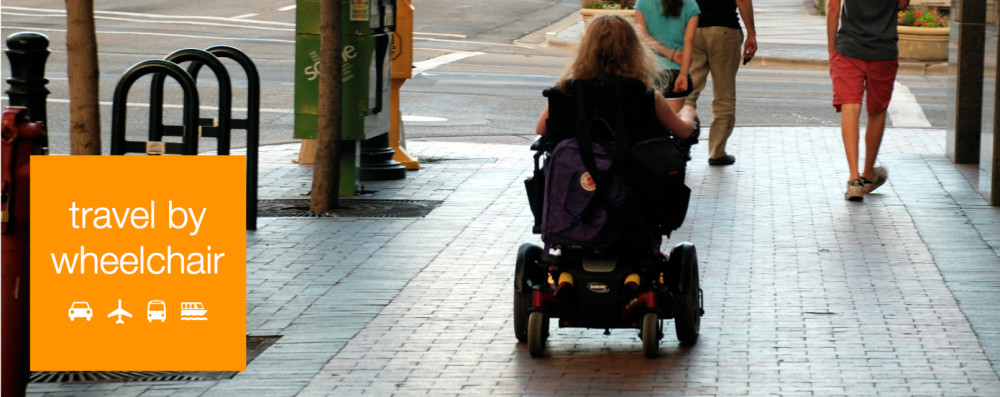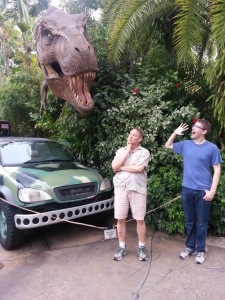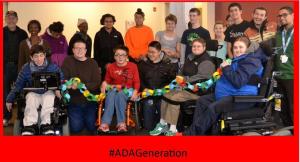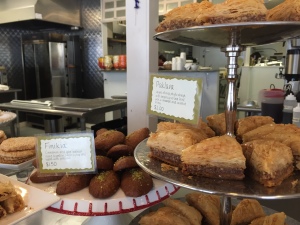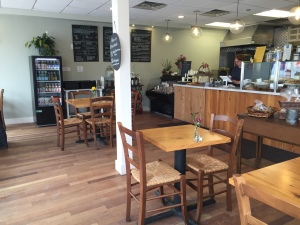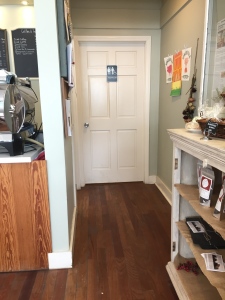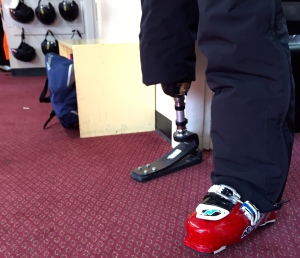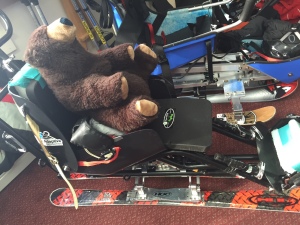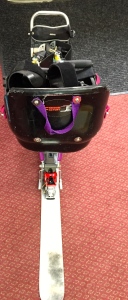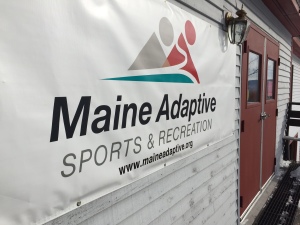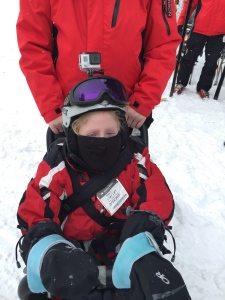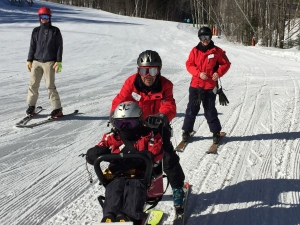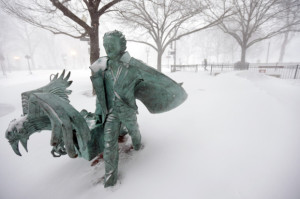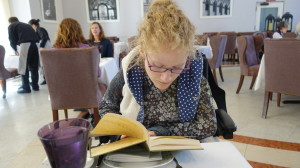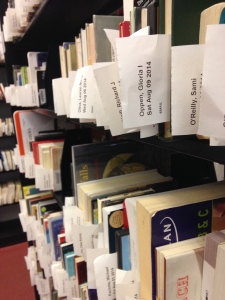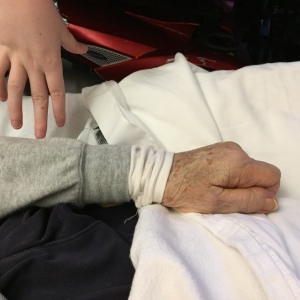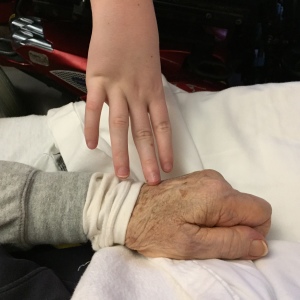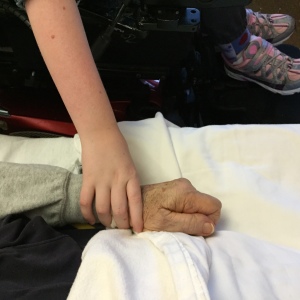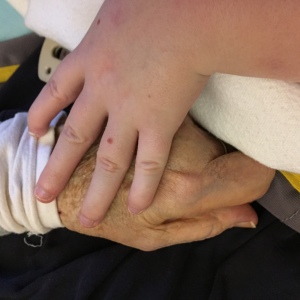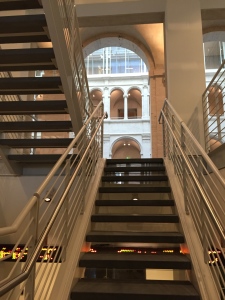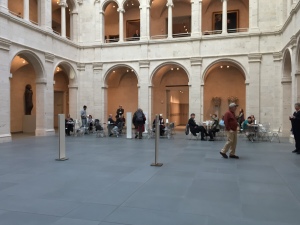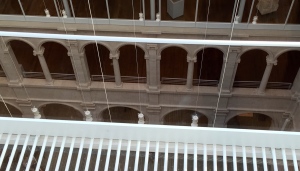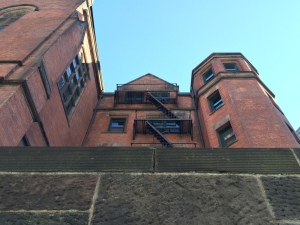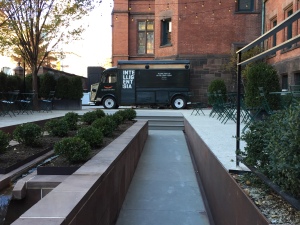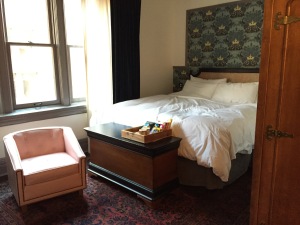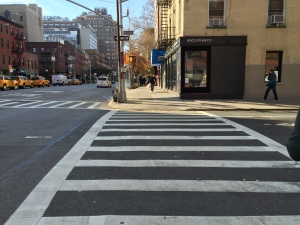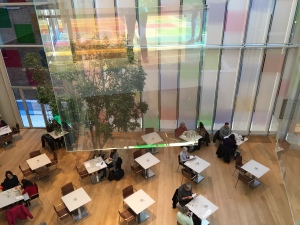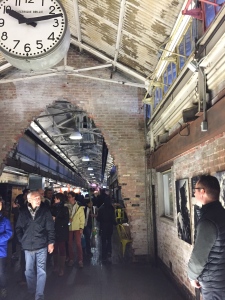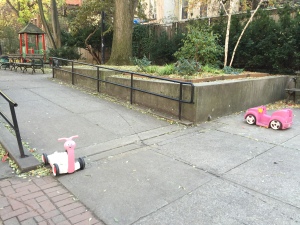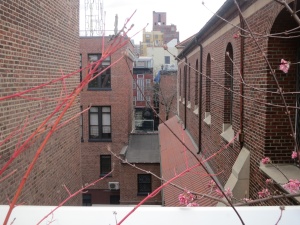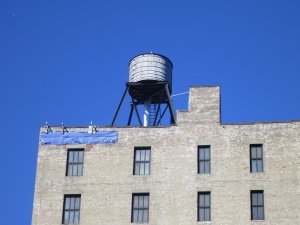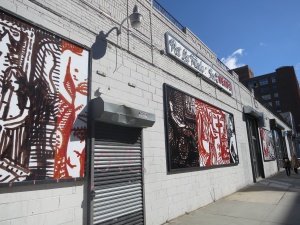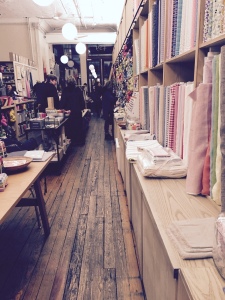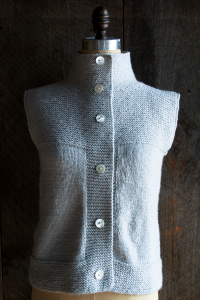Many thanks to my sister-in-law, Deb Briggs, who shared her 2015 summer vacation experience at Universal, in FL, with a focus on accessibility. She makes a good argument for going in the summer (gasp, says even I, who dislikes temps over 85 degrees):
A family vacation and a desire to see the Wizarding World of Harry Potter brought us to Universal Studios in Orlando, Florida, this summer. Many would question the rationale of visiting Orlando in the summer, when the temperature and humidity often top out in the high nineties, but here are our reasons:
-It’s off-season, so there are fewer people in the park.
-We were able to take advantage of off-season rates.
-My daughter is a school teacher, and my son is a college student, so there is no better time to go.
-We are a family of Harry Potter fans.
-And best of all, why not?
Everything in Florida is air-conditioned. They have cooling down to a science.
As one of Marianne’s many loving aunts, I look for places that are accessible to people with disabilities. Universal Studios gets high marks.
We bought a package deal that allowed us to stay on the grounds of Universal Studios at Loews Royal Pacific Hotel, a beautiful, family-friendly resort that featured a lagoon-style pool with a tiki bar, towel service, billiards, and even a DJ. The rooms were large, and the bathroom, including the shower, was wheelchair accessible. I don’t know if all rooms are accessible or if we just lucked out. If you are in need of an accessible room, it would be best to request one. The resort has a tropical theme, which isn’t much of a stretch considering the hot Florida climate. Fortunately, the hotel also provides chilled towels on the pool deck for those feeling a bit parched. It’s is also on the perimeter of the grounds, and it’s about a 10-minute walk on paved trails to get to the entrance of the parks. (There are actually two parks: (1) The Islands of Adventure, and (2) Universal Studios.) Alternatively, you can ride the water taxi, which is also wheelchair accessible. If you’re lucky, the captain will regale you with bad jokes all the way to the park.
The parks, including the restaurants and gift shops, are clean, level, and theoretically wheelchair accessible. The greatest barrier to complete access is the crowds. Many of the rides bring you directly through attraction-themed gift shops, which can get crowded. I didn’t ask, but I would bet that there are other methods of egress for those who need them. We saw many people using wheelchairs and scooters enjoying the parks.
The Wizarding World of Harry Potter is truly a magical place. Diagon Alley has been replicated so successfully, you feel that you’re part of the attraction. In fact, you are! The crowds actually enhance the experience of Diagon Alley.
Muggles line up to buy butter beer (non-alcoholic), which is too delicious to exist outside the Wizarding World of Harry Potter. Visitors also shop for wands, robes, Bertie Botts Every Flavour Beans, and chocolate frogs. The alley is teeming with atmosphere. Harry Potter-themed music at just the right volume wafts over the alley, and immediately transports you to this magical world. There is even a fire-breathing dragon that perches atop Gringotts Bank and blasts his hot flames over the crowds every 10 minutes.
The Harry Potter rides are intense, and may not be appropriate for some people. The rides are thrilling (scary), and may cause some to panic. In fact, many of the rides throughout both parks are not for the faint of heart. The trend is going toward more realistic, 3-D experiences. Every ride includes a set of warnings that will help you decide whether it’s a good fit. There is something for everyone, however. There are tamer rides and some shows, including an adorable trained animal show that features dogs, cats, birds, ducks, and a pig. Yes, it is apparently possible to train a cat.
The parks do a good job of keeping visitors relatively cool in spite of the hot temperatures. Many of the snaking lines are indoors, which means that a good portion of the wait is spent in an air-conditioned environment. I believe that there are separate methods of access for people using wheelchairs, which shorten waiting times, and reduce the effects of the heat. The staff were very welcoming and helpful to all visitors, and especially those needing accommodations.
One of the perks of staying inside the park, as we did, was that the resort provides an Express Pass, which allows you to go through the lines more quickly. The Express Passes are also available for purchase in the park, but they are pretty expensive.
Another perk of staying inside the park is that you can retreat to the hotel in the middle of the day, rest up a bit, and then return to the park later.
Universal Studios is definitely a splurge, but if you are looking for a fun place to go that will appeal to, welcome, and accommodate all, it’s a good destination. It truly is Universal.
